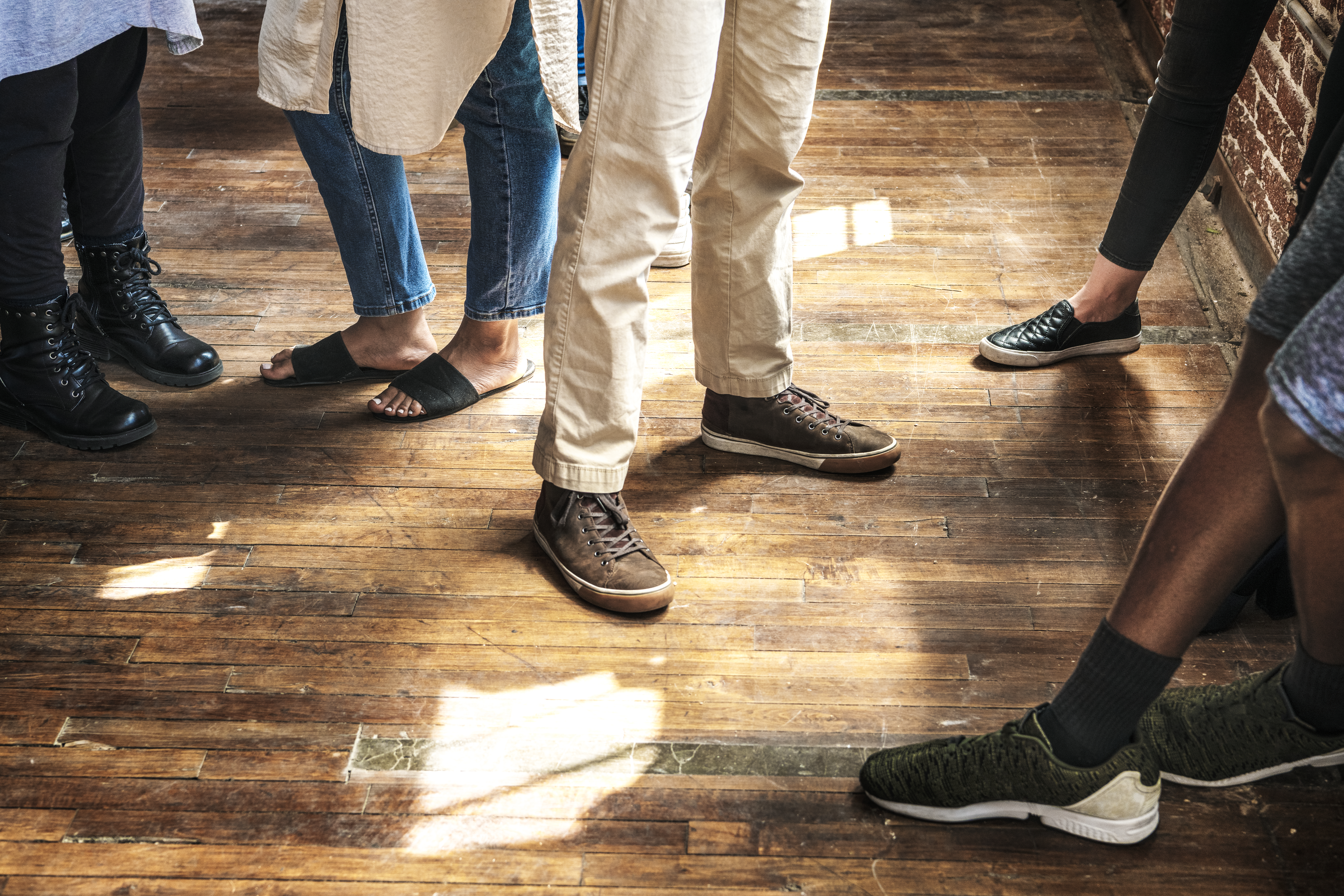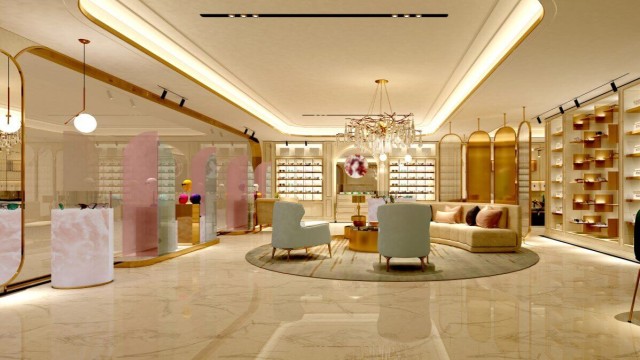Building Your Brand in the Experience Economy
Despite the e-commerce boom that resulted from Covid-19, physical retail shops may be here to stay. SMU Lee Kong Chian School of Business Adjunct Faculty and author Jörg Dietzel shares his insights on the Experience Economy, why brands need to create and combine digital with physical experiences, and five ways brands can receive a boost by upping their customer experience.
The global pandemic may have given rise to an e-commerce boom—online retail has grown by at least 20 per cent in 2020—but SMU Lee Kong Chian School of Business Adjunct Faculty and author Jörg Dietzel believes Covid-19 isn’t quite the death knell for brick-and-mortar businesses as most have predicted. After all, he has recently unveiled his latest book Touch: Building Your Brand in the Experience Economy, a tome on how experiences (versus objects like status watches and handbags) are “the new luxury”.
“Even during Covid-19, people are craving for physical experiences, people are booking dining experiences on stationary Singapore Airlines planes, people are booking cruises to nowhere, and people are planning to go back to the theatre,” said the marketing faculty during a virtual launch event for his book, moderated by entrepreneur and SMU alumna Ping Ping Han.
“I found it very reassuring that there seems to be a need for experiences, physical experiences. But obviously all the different areas that I looked at in the book will have to be kind of re-evaluated and reinterpreted in the ‘new normal’.”

Prior to teaching Strategic Brand Management and Advertising at SMU, the 25-year advertising, branding and communications veteran ran the Marketing and PR department at Audi Korea before moving back to Germany to take up the role of Global Head of Creative and Sales Media at Audi HQ. In January 2019 he came back to Singapore to consult for corporate organisations and brands, teach, and host events and programmes.
During the recent online event, Jörg discussed the Experience Economy and how brands can create and combine digital with physical experiences to thrive post-Covid. Here are five ways brands can receive a boost by upping the customer experience:
1. Experiences as the new status symbols
“In my branding class I talk about the different values that brands can have—from functional to expressive,” said Jörg. “An expressive value is when I express myself through an object—and that used to be the gold Rolex for a long time. I buy it. I wear it, all my peers admire me. Hopefully it’s real.”
However, Jörg had observed that such flashy displays of wealth may not be as effective as a status symbol over time because it is too “in your face” and onlookers may also question the authenticity of such designer products.
As such, he added that “we’re looking for more subtle messages, but we still want to send messages.”
For the same financial outlay, the discerning consumer may express their financial means and taste through experiences instead.
As Jörg remarked: “Maybe we’re flying to Cape Town and then doing cage diving, shark diving, and take the GoPro and do a little video of how the shark approaches that can be posted on our social media stories, and then our friends are impressed.”
While consumers still seek to send out signals about who they are and how they stand out, they’re doing so via a different set of tools, and through experiences instead of purchases.
2. Embracing omnichannel platforms

“Am I seeking just a form of online presence, or am I branding myself in the digital realm?”
Jörg Dietzel
SMU Lee Kong Chian School of Business Adjunct Faculty and author
Rather than think of customer experiences as simply a visit to a shop or fancy event, there are essentially 10 different kinds of experiences: the bespoke experience, social experience, event experience, brick-and-mortar shop experience, heritage experience, cultural experience, service experience, digital experience, overall brand experience, and experiences and cultural moments.
An ability to create memorable connections across a multitude of touchpoints, rather than banking solely on online experiences, may be key to survival in this challenging business climate. And even online shopping alone can be an incredibly complex experience.
“Am I seeking just a form of online presence, or am I branding myself in the digital realm?” asked Jorg.
“Such questions go a long way in determining the right online platform: Whether I own the platform and is it my own website? Or do I go with Lazada or one of the big platforms which bring me the traffic, but I basically have no control how my brand is being shown.”
3. The new physical retail
But besides digital experiences, companies are tapping on the gamut of touchpoints at their disposal—including the traditional store experience.
As Jörg said: “Brands may want to re-evaluate the purpose of their physical stores: am I just using it to have a few shelves from which to hang some clothes or have a big open floor with some cars on them, or should I look at the brick and mortar experience through the lens of what it can offer that digital platforms cannot?”
Pandemic lockdowns also shed light on how consumers may approach various touchpoints for different experiences.
“You know, I love (coffee capsule brand) Nespresso, so obviously during circuit breaker, I ordered online, because I had no other choice,” recalled Jörg.
“But as soon as it was over, I went back to their shop in Raffles City, where they have a tasting bar with new coffee flavours from exotic destinations that I haven’t tried before. So it’s a good opportunity to spend some time to look at what they have and to taste. That’s something that digital just cannot offer me. It’s a combination of different things.”
Retaining retail storefronts may also help brands differentiate themselves from online-only competitors. In fact, digital native brands are now launching brick-and-mortar outlets to gain consumer insights from face-to-face interactions and market share. However, retailers need to think outside the box and transcend traditional shopping experiences.
Homegrown paper goods and leather accessories brand Bynd Artisan, for example, provides in-shop personalisation services that allow customers to watch a craftsman embellish their purchases by hand.
“They’re also very fast, very nimble,” noted Jörg. “As soon as Covid-19 happened, they created little sanitiser bottle holders that you can hang on your handbag.”
4. Get personal

“People care about people much more than they do about brands.”
Jörg Dietzel
SMU Lee Kong Chian School of Business Adjunct Faculty and author
As anyone who owns a bag monogrammed with one’s own initials, or a car with a bespoke paint job, might attest, personalisation is a great differentiator for expressing one’s style.
“I think personalisation is a huge trend,” added Jörg.
“It’s not going away because it’s a human truth that we all want to be different. We want to be seen as individuals.”
He cited the example of how soft drink company Coca Cola once offered cans emblazoned with the names of customers, to great fanfare, or how a boutique hotel differentiates itself from major hospitality chains by remembering a guest’s previous preferences.
Besides aftermarket personalisation services, companies may also increase brand recall and boost connection by crafting a more personal image. And they may well put a face to the brand by shining the spotlight on an individual founder, rather than simply focus on the product experience.
“It can be a very outstanding move at the beginning of the brand communication journey, because people care about people much more than they do about brands,” said Jörg.
Hence, he suggested for brands to not only launch a company profile on LinkedIn, but grow an active presence for its CEO on the online networking platform “because people follow people, so it can be a good tool to tell the story about what was the thinking behind the brand”.
5. Leverage on heritage
While swanky new start-ups are often the headliners in business media, brands with a rich, storied history usually also have a huge trump card on their hands.
“Having a heritage, having a long story is both a challenge and an opportunity,” stated Jörg.
“Obviously, it’s a quality promise because if a brand has been around for 100 years, they must have done something right to survive.”
And although older brands may appear out of step with the times, and risk losing its heritage if it undergoes a dramatic makeover, its legacy also provides a unique means of connecting with an audience.
“It’s an opportunity because you tap into a trend—that more and more people are interested in finding out about history and about culture,” said Jörg.
“Young people would want to know where I come from, and to try to learn old crafts, or understand tea or whiskey culture. It’s also a great opportunity for storytelling because 100 years of a brand’s existence means they have 100 years of ups and downs—and that’s what makes a story interesting.”
Ready to embark on a journey with SMU? Learn more about our Bachelor of Business Management programme today.





